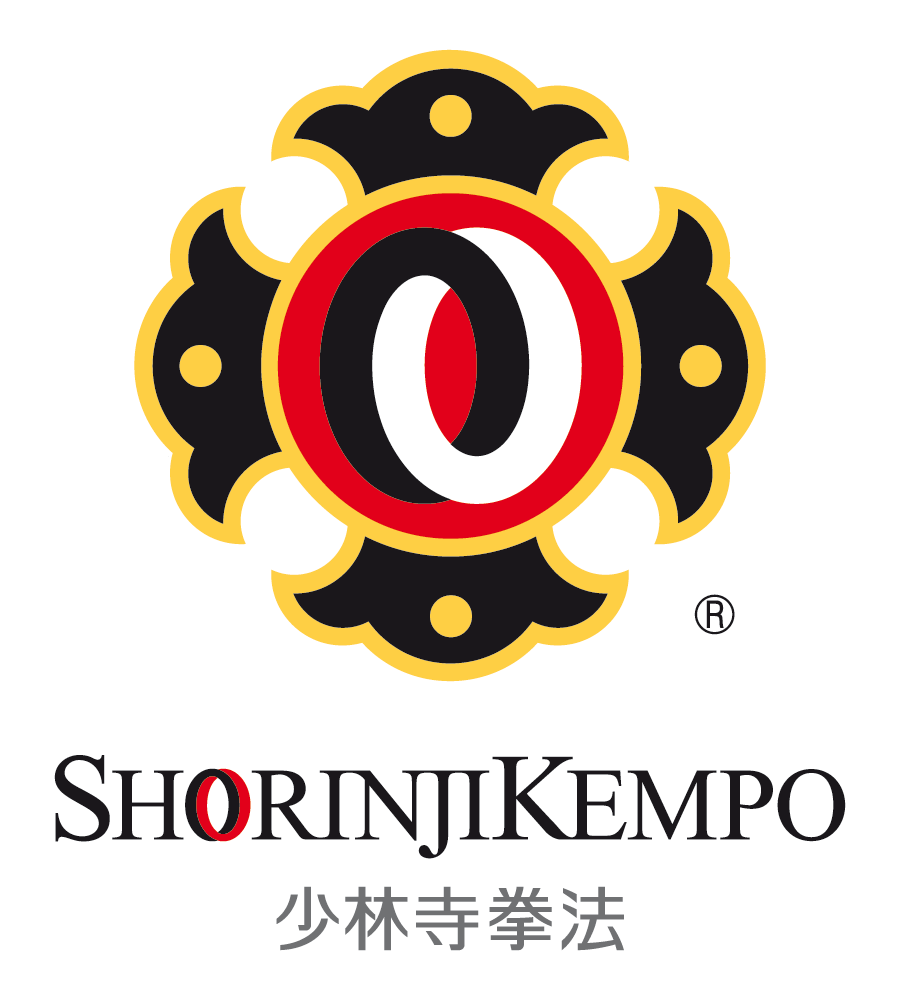The three teachings of Ken (Shu, Ha, Ri)
In the realm of learning , the phenomenon known as kaku signifies “the journey’s destination, reaching the end, norm”.
Shu means to reach the kaku of the master.
The object is to arrive at the kaku of the master’s form by following the master’s teaching precisely, studying the master’s from, and not branching off into a personal style driven by one’s arbitrary urges.
Ha is the matter of adjusting the kaku of the master.
After training repeatedly and after successfully making the master’s kaku a part of oneself, at that point one may add one’s own characteristics and adjust kaku within the boundaries of the art.
Ri is going beyond kaku of the master and creating one’s own kaku.
As long as one’s approach fits the purpose of the technique, is neither forced nor wasteful, and does not abandon balance, one may transcend the master’s kaku and freely apply one’s own particular creative touches.
The fundamental principle that applies to all three stages is conforming to the ho, or law (law=fundamental principles of nature, the way of humanity).
Altough we speak of ri, or breaking free, if something lacks this fundamental principle, then it departs from its way.
Training sessions sometimes give frustration and confusions because different approach but same technique.
These might be because of individual difference like body type, height and weight. These should not be the main concern; important things are to understand the instructions and work to mimic it exactly. Each movement has its own meanings and objectives and we need to understand what it’s trying to achieve.
New Paragraph
All Rights Reserved | L&D Shorinji Kempo
Member of The United Kingdom Shorinji Kempo Federation
Member of The WSKO
